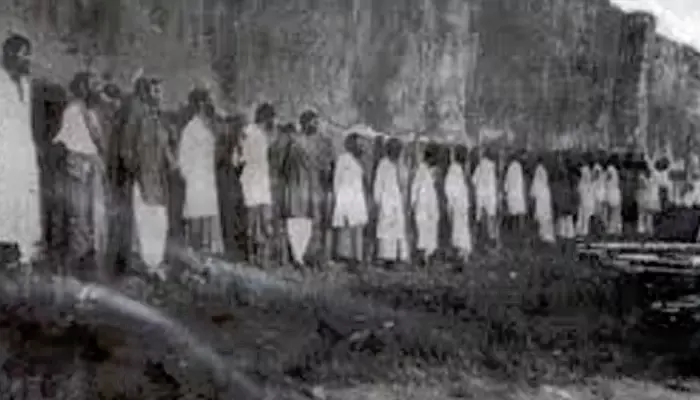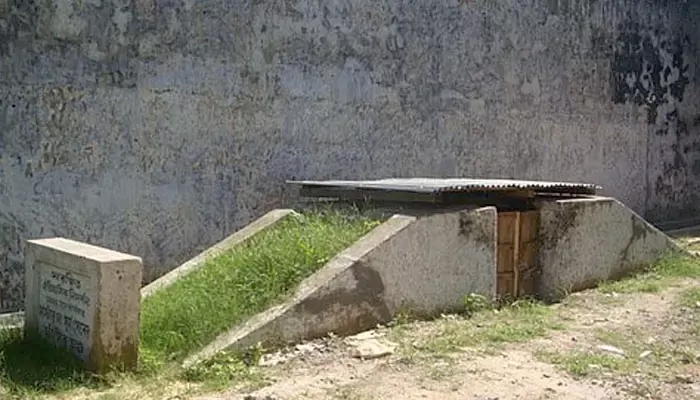
Hand-distributed messages by Surya Sen’s revolutionaries sparked rebellion and defied British rule.
In the early 1930s, Chittagong wasn’t just a quiet port town. It was a storm building in silence. Surya Sen, better known as Masterda, was a schoolteacher who had turned revolutionary. He believed that India’s freedom needed more than protests. It needed preparation. And part of that preparation came in the form of underground messages—short, fiery leaflets circulated secretly across the town.
These leaflets were not meant to report news. They were meant to stir hearts. Handwritten or duplicated in secrecy, they exposed British atrocities and urged the youth to rise. They reminded people of their right to dignity and freedom.
Carried in school satchels, slipped into market baskets, or passed quietly at gatherings, these messages were full of urgency. Their words were simple, but they lit a fire in the minds of young revolutionaries.

The famous Chittagong Armoury Raid of April 1930 didn’t come out of nowhere. It was the result of months of underground work. Surya Sen’s circle—young men and women like Kalpana Dutta, Ganesh Ghosh, and Pritilata Waddedar—were already fired up. The secret leaflets they helped distribute had done their job. They inspired belief before any bullet was fired.
This underground communication built unity, purpose, and bravery. It made the young rebels see themselves not just as students or workers, but as soldiers of freedom.
The British government tightly controlled newspapers and censored dissent. But Surya Sen’s group sidestepped this. Their messages didn’t come from printing presses. They came from candle-lit rooms, copied by hand or with basic duplicators, and passed quietly from hand to hand.
The police searched homes, raided meeting spots, and arrested anyone suspected of spreading revolutionary material. Yet the messages kept circulating. The network was small but deeply committed.
Though rooted in Chittagong, the spirit of these messages spread further. The model of secretly sharing news, ideas, and motivation was adopted by other revolutionaries across Bengal and beyond. Surya Sen’s group proved that you didn’t need a major newspaper to reach people. A single page, passed quietly, could be more potent than headlines.
This network of shadow communication connected like-minded fighters and built a sense of underground solidarity that the British struggled to contain.

Surya Sen was captured in 1933 and hanged the following year. Many of the leaflets were lost, destroyed, or never preserved. But their impact lingered. Survivors of the movement spoke of how those words had moved them to act. Even today, scattered memories and mentions in memoirs give us a glimpse into their power.
Although these messages may not have been archived, they helped shape a generation that would fight for independence.
India’s freedom story is often told through battles, speeches, and slogans. But in Chittagong, it also lived in folded pieces of paper, passed in silence. Surya Sen’s underground leaflets were small in size but massive in spirit.
In a time when the truth had to travel in whispers, these messages became sparks. And from those sparks, a rebellion caught flame.